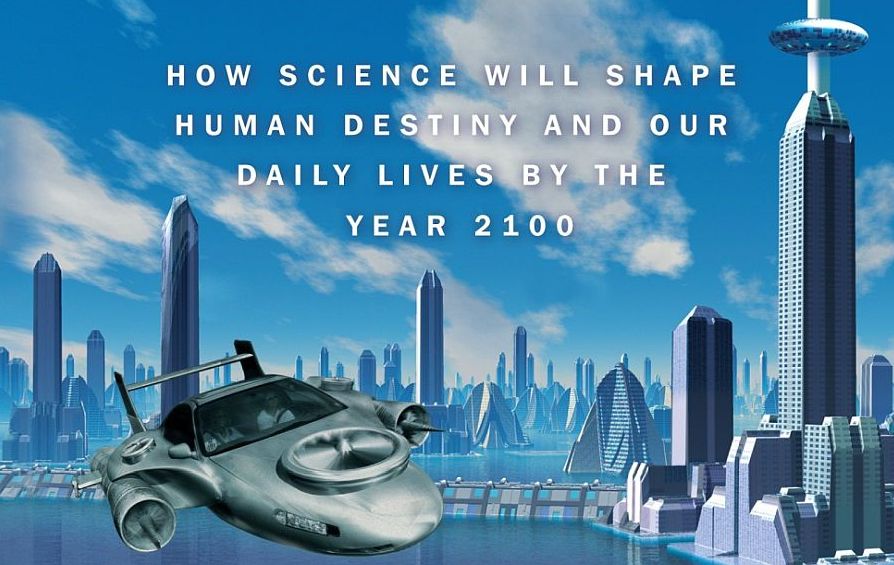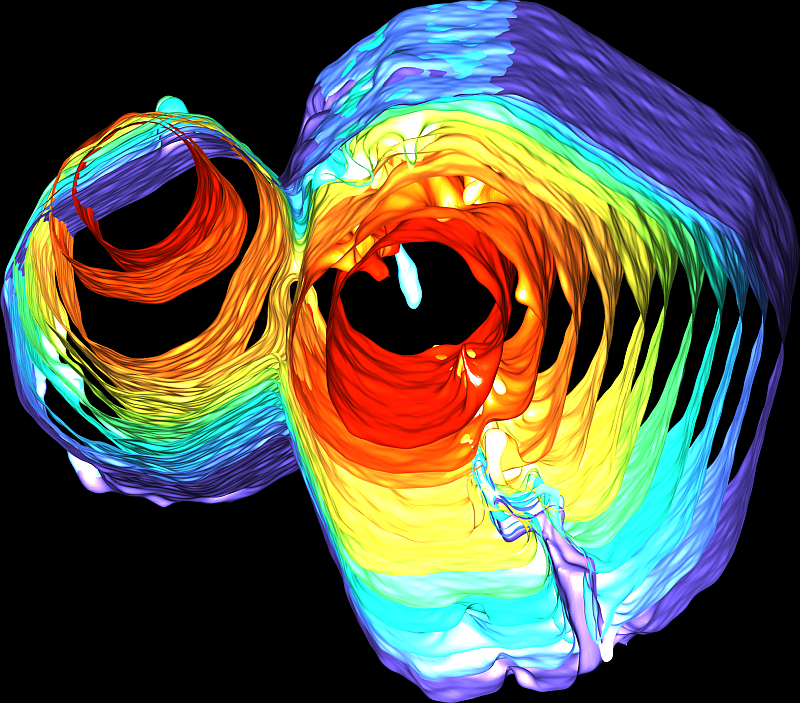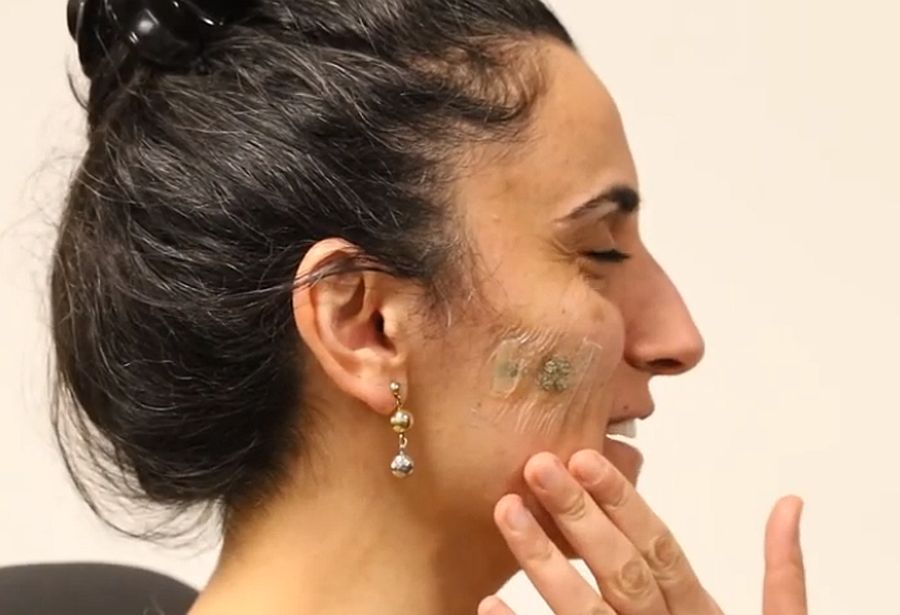Physics of The Future is my second read from Dr. Michio Kaku, first being The Future of Humanity. For the current book, Dr. Kaku interviewed more than 300 scientists along with their research that would lead humanity to the next level in computers, medicine, nanotechnology, space exploration and energy production.
Read MoreTag: futuretech
Honda Plans a Rapid Shift to EVs, FCVs: Electrification of Automobiles
With an aim of zero-emission, Honda has planned to shift its anchor to electrified automobile business in China. Toshihiro Mibe, CEO of the third-largest Japanese automaker announced a trio of new battery-electric concept vehicles.
Read MoreInterview: Dr Nadac Reales, a Biotechnology Research Scientist at University of Antofagasta, Chile
Dr Nadac Reales is Deputy Director of Innovator Services at University of Antofagasta, Chile. Additionally, she is running her own firm, the Rudanac Biotec Lab. Aim of her lab is to provide biotechnological solutions to real world problems.
Read MoreFormation of Single Unit by Collision of Multiple Grains: Resurrecting Quasicrystals
Quasicrystal is a form of matter with an unusual arrangement of atoms. Although it’s called a “crystal” but it lacks symmetry. Unlike crystals, pattern within the quasicrystal does not repeat itself. They were first discovered in 1980s and since then the possible atomic arrangements violated the rules that fall under the category of crystals, that is, the materials could have only two-, three-, four- or six-fold symmetry.
Read MoreMetal Eating Bacteria to Clean Up Metallic Waste: Green Mining
A starving being can eat everything and anything and within minutes. While in the character of 19th-century trapper, Leonardo DiCaprio, a starving man in The Revenant eats raw bison liver. Survival instinct is what keeps the living beings away from extinction coz of hunger and this can be seen in microorganisms as well.
Read MoreBiomimicry: LEONARDO, the Bipedal Robot can Walk and Fly
Nature not only inspire poets, artists, painters but also engineers. In an attempt to simulate the locomotion of birds, researchers at Caltech have developed a bipedal robot that has a movement that is between walking and flying.
Read MoreSupercomputer Simulation to Investigate Black Hole and Galaxy Coevolution: Quasar Fueling
Big question regarding the formation of black holes and how they grow under different regimes have always been the holy grail for astrophysicists. Our galaxy hovers around a massive black hole which, under normal circumstances, is surrounded by spinning gases. Not much is known about these gases, however, some shine brightly, with an unceasing supply of fuel. While others go to a state of temporary dormancy and erupts again later with an influx of gases.
Read MoreSwimming is Dynamics of Two Nervous System: AgnathaX
Starting in the early 1900s, one of the problems that baffled neuroscientists worldwide was the role of central and peripheral nervous systems in swimming locomotion. In other words, how swimming locomotion is generated and how vertebrates synchronize the rhythm that is required for the locomotion.
Read MoreX-ray Emission from Behind Black Hole: Galactic Nuclei
Black holes are the most fascinating phenomena in the universe. Any new finding regarding the intricacies of black hole makes us wonder how less we know about it. This uncanny object is famous for ingesting huge quantities of matter from its surroundings, beaming with glittering luminosity and spilling out small portion of this matter by means of very powerful jets.
Read MoreChameleon Inspired Next-Generation Artificial Camouflage: Biomimicry
To depict natural camouflage characteristics via artificial camouflage at device level has remained a challenge since decades. However, researchers at Seoul National University have developed an artificial camouflage that can adapt and blend with its surroundings. A defense strategy as seen in the case of chameleon that changes its appearance to avoid predators.
Read MoreFruitflies Inspired Tiny Drones To Locate Gas Leak Source: Biomimicry
Biomimicry is not only shaping sustainable designs but it’s also revolutionizing the robotic technology. Researchers today are picking up learning from animal and insect kingdom to develop locomotion and structures in their labs.
Read MoreSoft Artificial Tactile Sensor for Robots: Electronic Skin
In a collaborative research co-led by City University of Hong Kong scientists have created an innovative tactile sensor that resembles the characteristics of human skin. Mounted at the fingertip, the sensor is capable of holding delicate objects and thread a needle.
Read MoreOne Epidermal Patch to track Cardiovascular and Multiple Biomarkers: Wearable Microelectronics
Monitoring cardiovascular signals and multiple biochemical levels together on one tiny wearable patch has always been a far-fetched dream in the nanotech world. Scientists across the globe are still trying to figure it out however, researchers at the University of California San Diego have done something extraordinary in soft, stretchy skin patch.
Read MoreOrigami Inspired Bags for Rocket Fuel: Cryogenic Hydrogen
Storage and pumping fuel to rocket engines are the main challenges for travel beyond Earth and between celestial bodies. Researchers at Washington State University (WSU) have come up with an interesting idea of paper folding technique to bring about the desired architecture.
Read MoreWearable Sensor For ALS Patients: Facial Kinematics
People who suffer from amyotrophic lateral sclerosis (ALS) have an extremely tough time as they age. Cure for ALS is not known as of now. And it can last for a lifelong.
Read More














